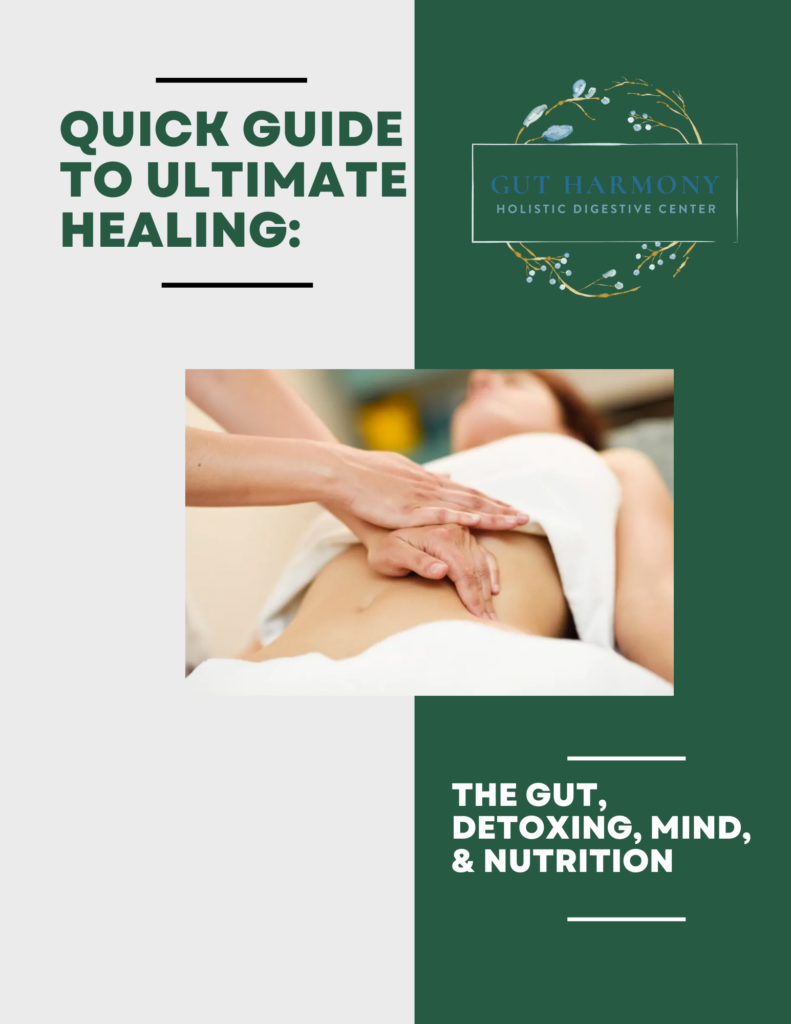Beloved actor and South Carolina native Chadwick Boseman was laid to rest at the age of 43, having passed from colorectal cancer, now the second leading cause of cancer deaths in the United States. Forty-three is young. It’s too young. In a sad turn of events, 1 in 5 CRC diagnosis are now in people aged 20 and 54.
While most people think that the best defense against cancer is early detection (and truly, we cannot overemphasize the importance of this) but how about prevention? The reality is that early detection is still detection while prevention is the act of stopping something before it’s happened.
With any illness, there is more than a single factor in the mix. There is more to CRC than diet and lifestyle but that shouldn’t stop us from being empowered to control the things we can control, especially when we’ve got some really good science on our side.
The Hadza tribe of Tanzania is one of the last remaining hunter gatherer societies on the planet. This matters because they are able to provide us with insights about what our microbiome may have looked like before we squashed it with the modern, Western diet. A typical member of the Hadza would consume over 100 grams of fiber a day and eat over 600 different types of plants over the course of a year. They have no known cases of colorectal cancer.
The average American consumes 15 grams of fiber per day and fewer than 50 different species of plants over the course of a year.
The Hadza has 40% more microbial diversity than the average American.
African Americans have 65 times more colon cancer than rural Africans.

This tells us intuitively that fiber is important but what does the cold, hard science say?
According to a study by PubMed (1), healthy gut microbiota promotes intestinal health and has antitumor responses, while an unhealthy microbiota leads to inflammation and has genotoxic effects that lead to cancer. Whether gut microbiota maintains health or promotes disease may ultimately depend on the composition of the gut microbiome (population, diversity). Dysbiosis has been observed in patients with CRC and studies in mice strongly suggest that gut microbiota can modulate susceptibility to CRC (with more human studies right around the corner). Additionally, studies are now showing that diversity and composition of patients’ microbiomes are associated with clinical responses to anti-cancer therapies (2). In layman’s terms? Our gut bugs play a role in our susceptibility to cancer and also indicate how we will respond to treatments. Pretty profound stuff.
What does our microbiome population have to do with fiber? Healthy bacteria cannot survive without fiber. Fiber is food for our gut bugs and each bite we take changes the landscape of our populations. While we are all familiar with probiotics, many people are coming around to learn about the importance of prebiotics. In a nutshell, prebiotics are food for healthy gut microbes. Prebiotics are fiber. While not all fiber has prebiotic qualities, most soluble fiber is prebiotic; a good reason to eat a variety of different foods. Other sources of prebiotics include rice, potatoes, legumes, and oats. In these instances, it is the resistant starch, not the fiber, that our good gut bugs love.*
It’s also worth noting that the more fiber a person has in their diet, the better the bowels will move. As colon hydrotherapists, we know this as fact and see it daily. A lack of fiber is the quickest way to become constipated and stagnation in the colon creates a breeding ground dysbiosis.
As we navigate so much uncertainty at this time it can feel like a relief to take control of what we can control. We are finding our clients and patients have a change in attitude away from the dissonance of “it won’t happen to me” and towards “now is the time for change.”
Prevention isn’t sexy and many find that a lifestyle predicated around prevention is counterculture to the YOLO bacon and eggs with an extra side of butter lifestyle we seem to embrace. We say, grab a Buddha bowl and retrain our taste buds and gut bugs to thrive on plants. You only live once, so let’s do what we can to make it a good, long life.

RESOURCES
1) https://pubmed.ncbi.nlm.nih.gov/29720905/
2) https://medicalxpress.com/news/2020-08-link-gut-microbiome-cancer-treatment.html
*For more on all things fiber, check out the book Fiber Fueled by Dr. Will Bulsiewicz, MD.












